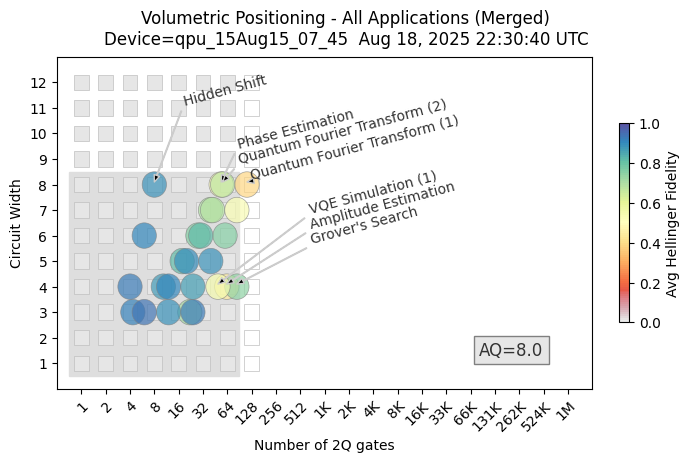Today at Quantum Circuits, we’re excited to report the latest results from our internal testing and validation of the Aqumen Seeker, our eight-Dual-Rail Cavity Qubit (DRQ) system that incorporates the latest in error-aware technology. We used an application-oriented approach to measure that the Seeker’s performance is consistent with eight Algorithmic Qubits across all tested benchmarks.
This result highlights how all physical qubits in the system are useful for quantum applications and should be leveraged by users as they explore the unique features of DRQs. It is a testament to the quality and power of this first full-stack QPU we’ve deployed over the cloud through our partner program.
The Importance of Benchmarking for Fidelity & Scale
Benchmarking quantum computers is essential to capture the quality of results they will return to users at scale. Many quantum benchmarks focus on qubit fidelity. For example, hardware vendors typically highlight essential metrics like two-qubit gate error rates, which are a key indicator of overall QPU performance and set bounds for error correction gains longer term.
While fidelities and error rates are important, the user perception of system performance is an equally valid question. Isolated single and two-qubit benchmarks don’t always reflect how a QPU will scale, as unknown system-level errors can play a role and impact overall application results beyond what one would predict from simple extrapolation of qubit metrics.
Application-oriented benchmarks, spearheaded by the QED-C, provide a good suite of tests that cover a wide variety of possible use cases. They stress-test the system across different dimensions – number of qubits, number of quantum operations, unique algorithms with their own patterns of manipulating the qubits.
The Seeker’s Favorable Testing Results
For example, on the Seeker, the suite executes the Phase Estimation algorithm from three to eight qubits, evaluating the output quality (fidelity) at each point.

Fig. 1. Seeker data of application-oriented benchmarks is consistent with 8 Algorithmic Qubits. Each circle is a single execution of an algorithm at a given qubit number. Dark gray box indicates area covered by eight Algorithmic Qubits (8 qubits wide by 64 2Q gates deep). Deep blue colors are higher fidelity, while yellows and oranges are lower fidelity.
This benchmark suite provides a variety of outputs, including a color plot (Fig. 1) that lets us visualize the performance of the Seeker across these vectors to identify where the system excels and where improvements can be made. In addition, an aggregate output metric is a single number that reflects how well the QPU executes the suite of applications overall – Algorithmic Qubits.
If the system is performing well, as with the Seeker, the AQ number and physical qubit count are equal. This means users can use the QPU to its fullest. If the AQ is lower (it can’t be greater), this means there are physical qubits that are essentially superfluous because the performance isn’t as good.
The goal for near-term systems is to get AQ to match the number of physical qubits. This is what we achieved with the Seeker.
Don’t Forget Throughput
We’d like to stress another important dimension about the Seeker’s performance – throughput. A key advantage of its superconducting architecture is that we can execute all of these benchmarks at high speed. Indeed, it takes just 5 seconds or less to acquire 10,000 shots of data – this is 500 microseconds per shot, which is less than the execution time of a single two-qubit gate on some trapped ion systems. This combination of speed and fidelity really gets us excited about Seeker and the trajectory of systems in the pipeline.
We’re excited to share our full benchmarking results, from the application-oriented performance described here to the more detailed component-level qubit metrics. Anyone who is interested in the data sheet, please reach out to us, and we’d be happy to provide more information about the Seeker and our partner program.
As we continue to scale from this first deployment of the Seeker to future versions with greater qubit numbers, integrations, features, and wider accessibility, we will continue to emphasize system-level benchmarking as a crucial metric of success. Our forthcoming line of QPUs will continue to be validated through a rigorous application-oriented approach. In so doing, we are committed to delivering users the most unique combination of high-performance, fast, and feature-rich systems in the industry.




